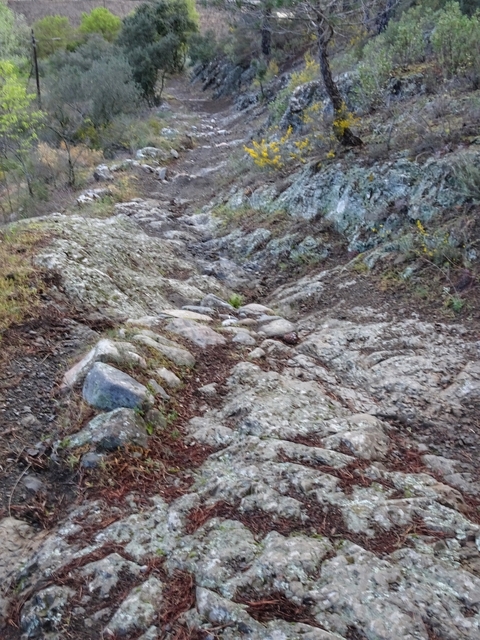Montblanc
Click here for our Priorat 6 day hike map.
We spent 6 days walking in the mountains inland from Tarragona through the Catalan wine regions of Conca de Barberà and Montsant to the Priorat region. Grapes have been grown here since the 12th century and today Priorat produces powerful reds, some of the world’s best.
Started at Montblanc, a two hour train trip from Sitges. The medieval town is surrounded by 1.5 km of stone walls with 30 towers built in 1336, the historical center beautifully preserved. At 350m above sea level it was cold, 2°C in the morning.
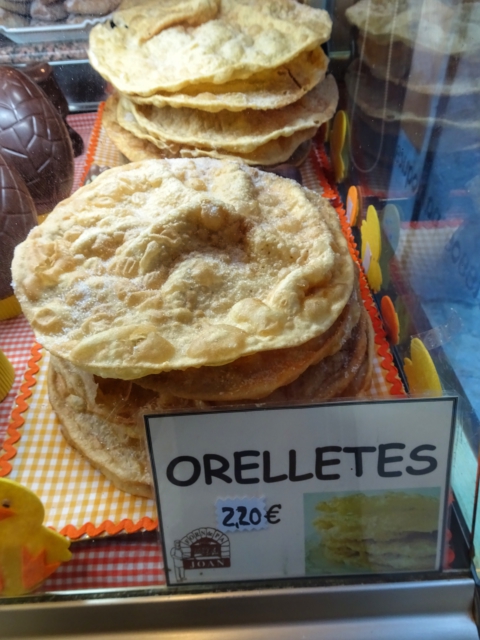
Orelletes (ears) are flat, round and light, fried and sugary sweet pasta eaten during Easter in the Priorat region of Catalunya. They appear in a Catalan recipe book of the 14th century. Who could resist?
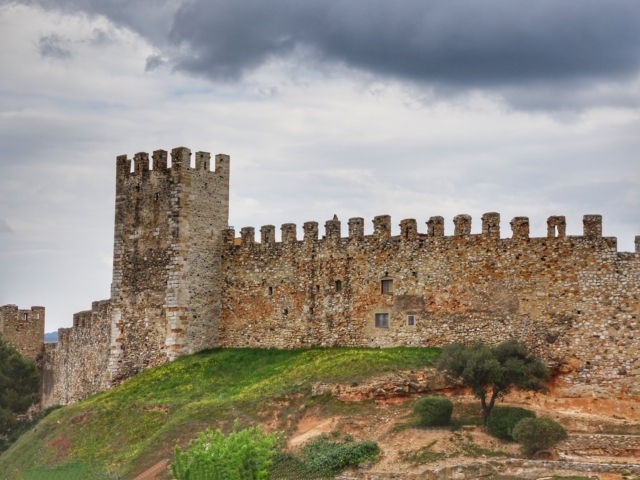
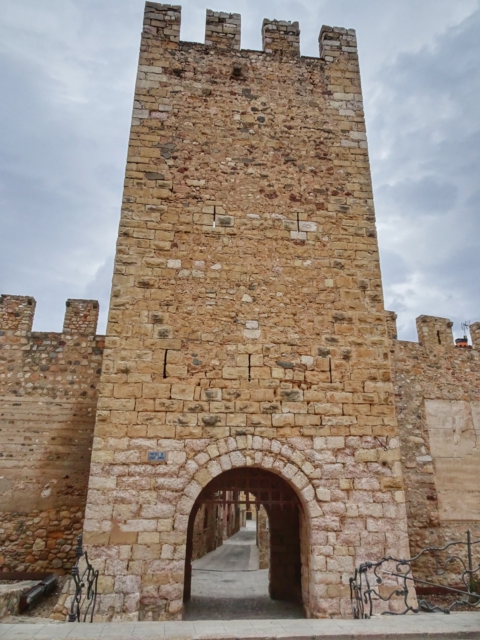

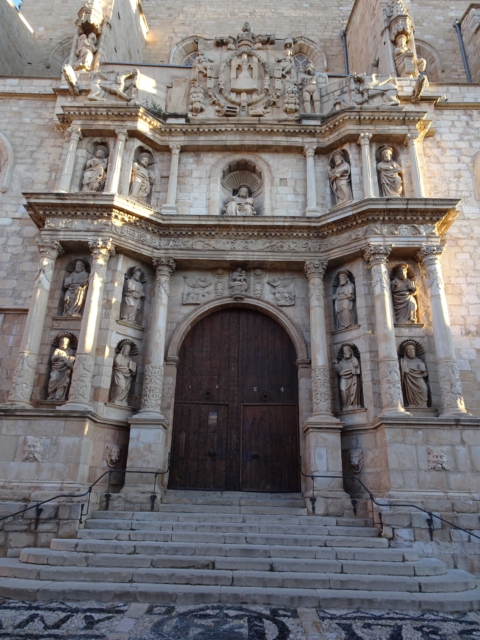
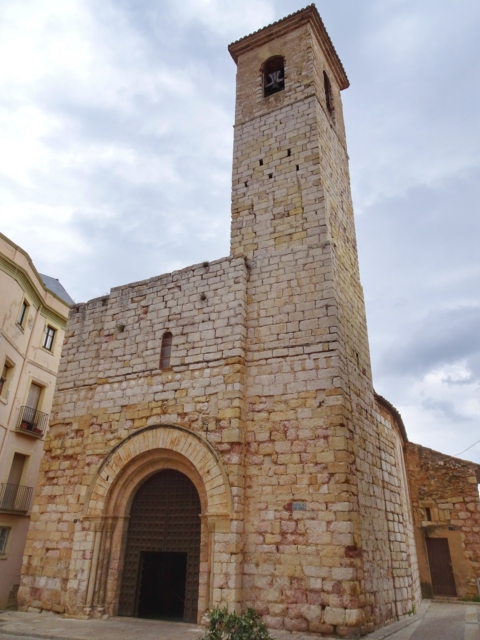
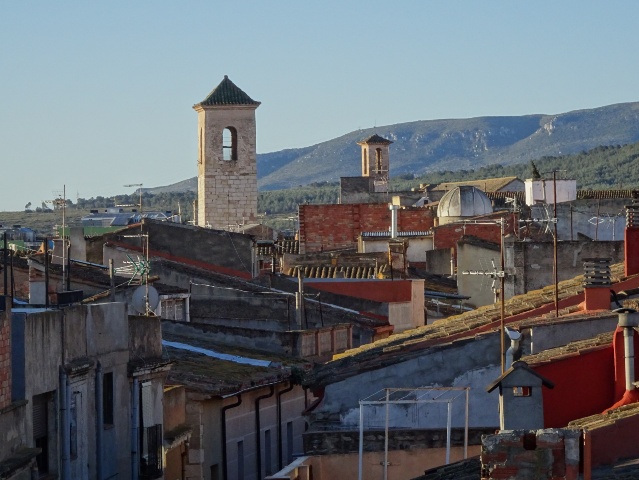
Poblet Monastery
The Royal Abbey of Santa Maria de Poblet is a Cistercian monastery, founded in 1151. It was abandoned and fell into disrepair in the mid 19th century, but was refunded and restoration began in 1940. Today it houses 29 monks and is World Heritage. Click here for a drone video of the Monastery (Wikipedia).
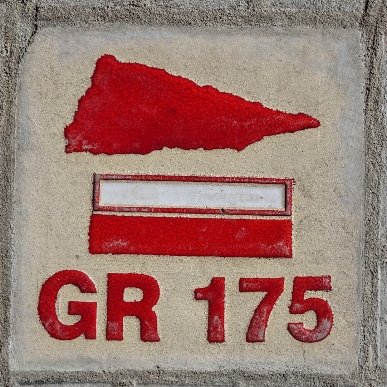
It is 10.9 km from Montblanc to the Monastery of Poblet following the GR 175 Ruta del Cister across the mountains. The track climbs 350 m up to the Ermita de San Joan, then descends 200m to Poblet. It took us 3 hours 20 minutes on a cold but clear windy day.
We spent the night in relative luxury in the hotel within the Monastery.
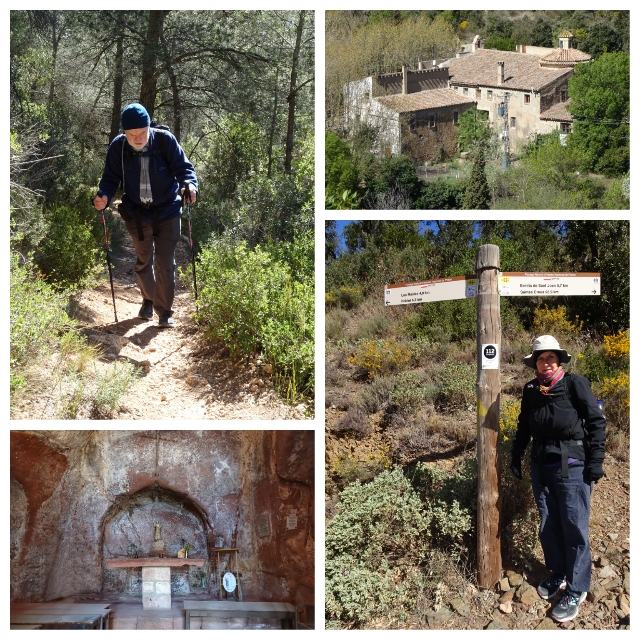
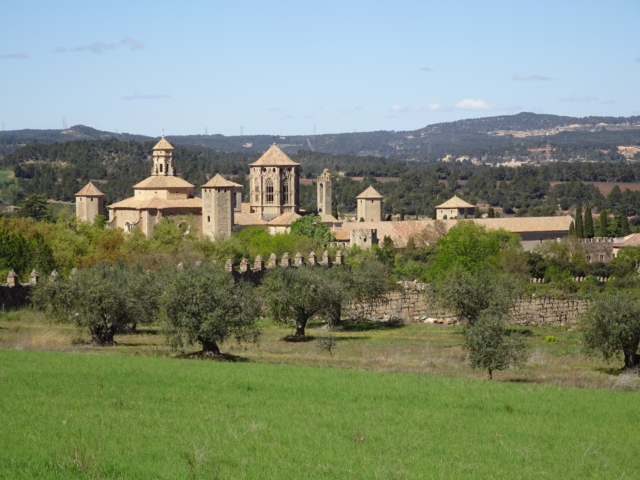
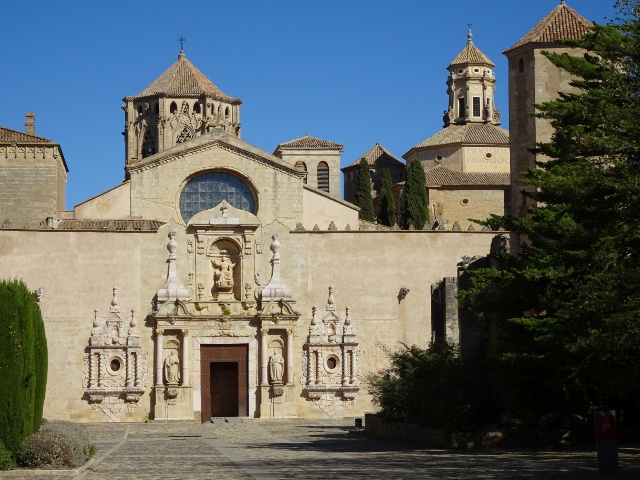
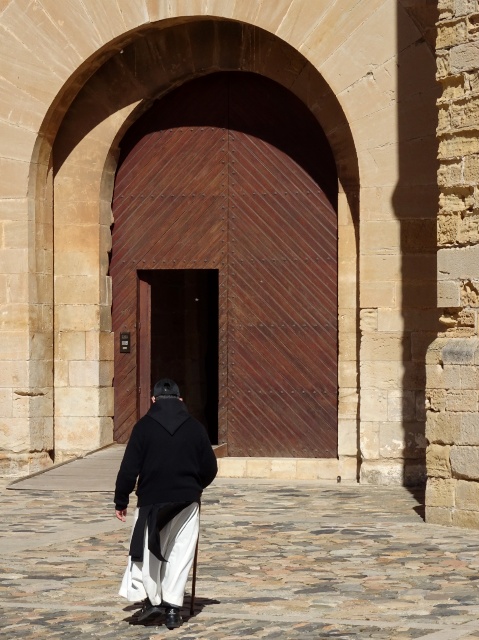
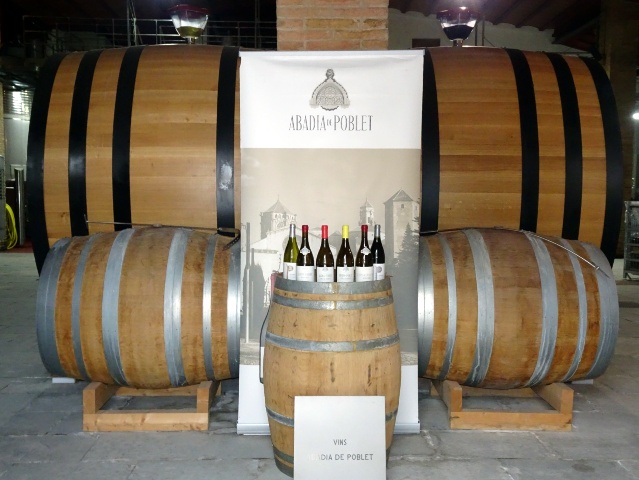
Prades
The village of Prades, at almost 1000 meters above sea level dates from the Moorish period.
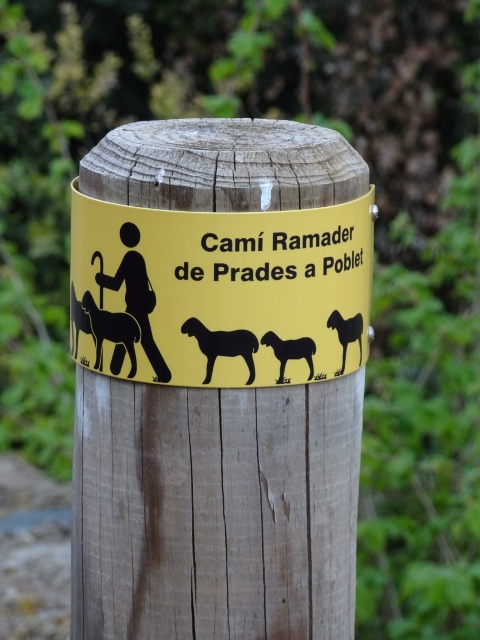
The Camí Ramader (Shepherds Way) is an ancient path used to move livestock from the lower areas to the higher summer grazing in the Prades mountains.
First authorized to allow passage through Moorish lands, it was used until the 1960s. The path was restored in 2016.
13.4 km long and well waymarked; the first hour on farm tracks then steeply up hill on a rough stone path, along a ridge and descending into Prades – 4 hours 15 minutes. A great day’s walking through a thousand years of history.
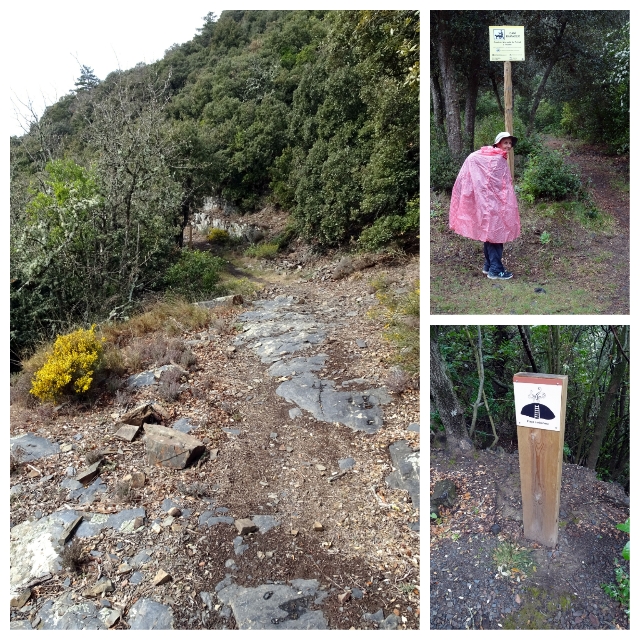
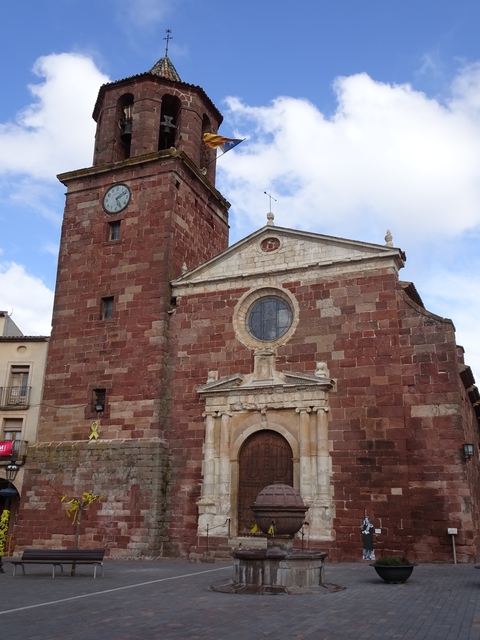
Cornudella de Montsant

In the Middle Ages thousands of hermits lived in the mountain that dominates the town of Cornudella de Montsant (Holy Mountain). Today the village is supported by wine production and tourism.
We took the route from Prades via Albarca, a beautiful stone ridge top pueblo. A particularly nice and easy walk, 15.3 km, 4 hours 15 minutes with coffee and cake in Albarca.


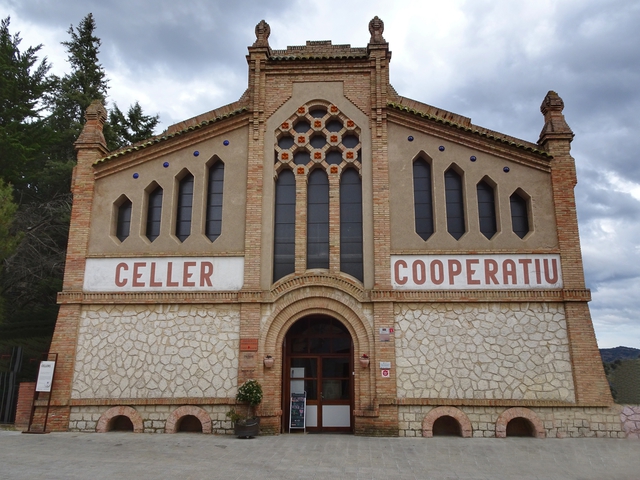
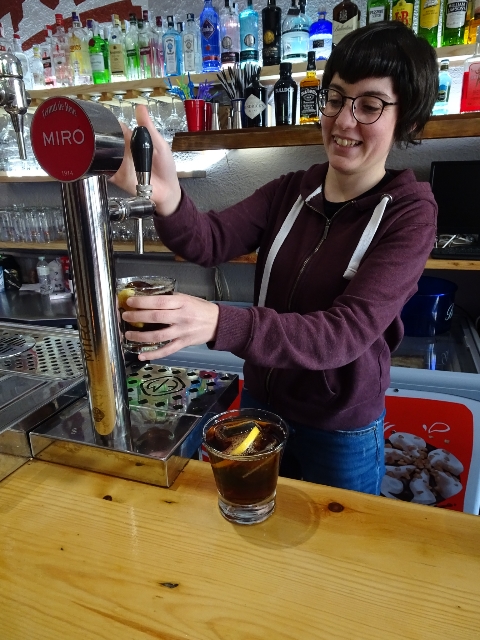
La Morera de Montsant
We were lucky enough to get a ride up to Siurana, the last bastion of the Moors in Catalunya before the reconquest in 1153. From here the path descends steeply, 300 meters vertically, back down to Cornudella before climbing up to La Morera. About 13 km in 4 hours, another wonderful walk. We really like it that the old paths connecting villages are still in use.
Morera (mulberry) was introduced from North Africa by the Moors. It’s a small village now with a population of about 100. La Morera is in the famous Priorat wine region and even the “house red” at our hotel was rich, delicious with a high but not overdone alcohol level.
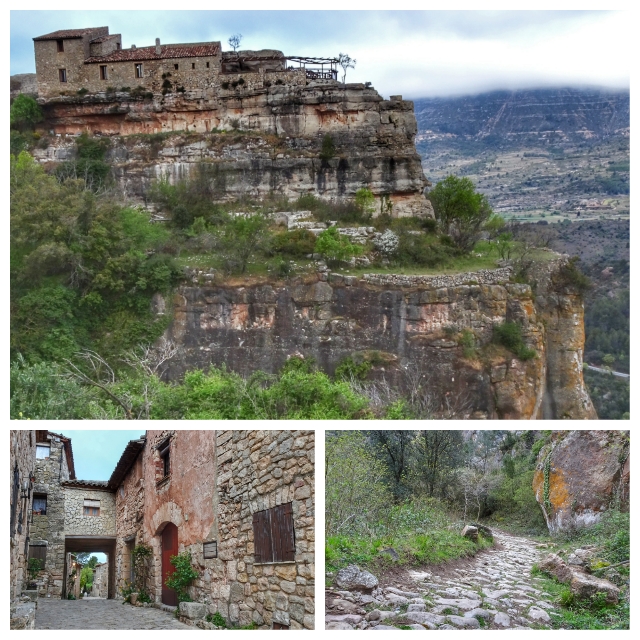
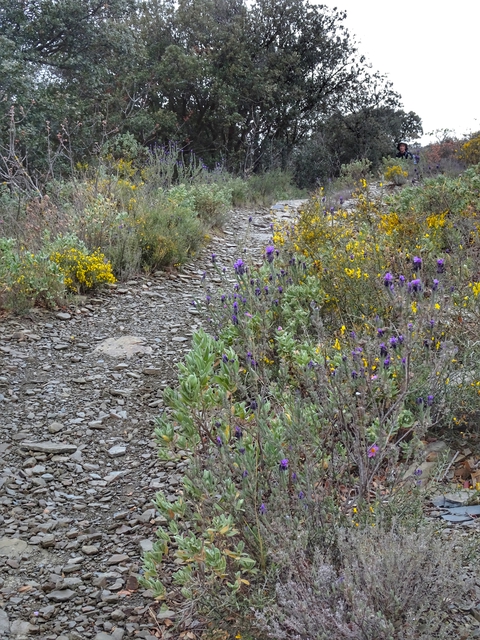
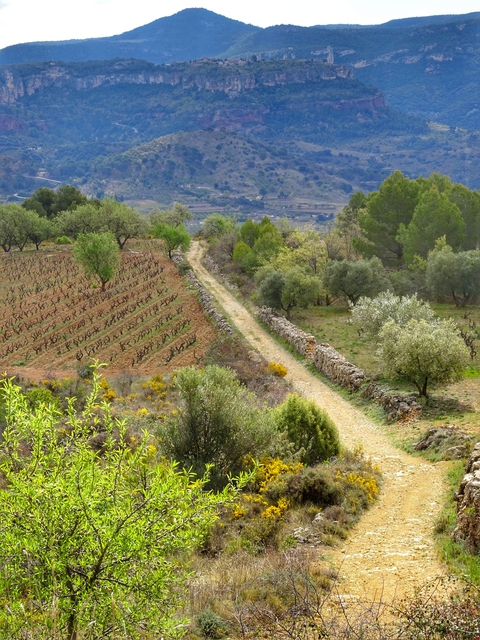

Porrera
We taxied down to Escaladei (Stairway to God) the original Carthusian monastery, founded in the 12th century with the intention of colonizing and Christianizing former Muslim land in Catalunya. The Priory was so important that it came to name a whole region: the Priorat.
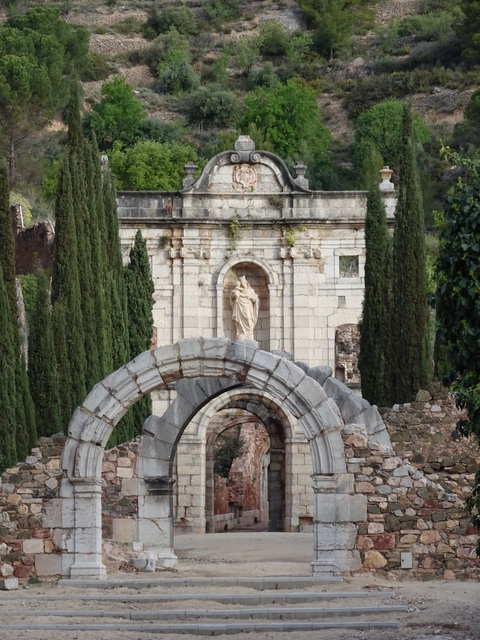
From Escaladei we walked Poboleda, a pleasant 4.7 km walk off road along the GR 174. After Poboleda a good quality dirt road led ever increasingly up hill until it finally turned into an even steeper rough track. The 300m descent into Porrera followed a narrow wind swept ridge and took longer than the climb up. All up today, 13.9 km in 4 hours.

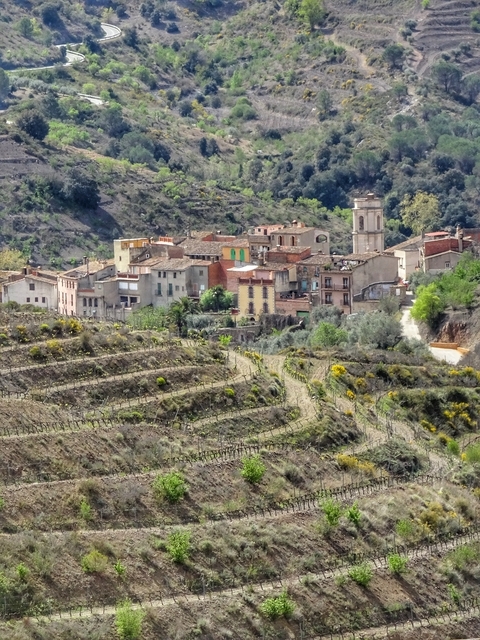
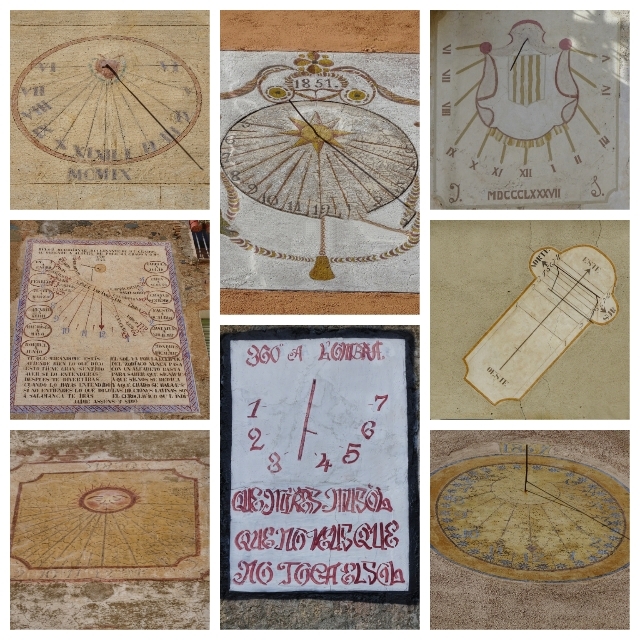
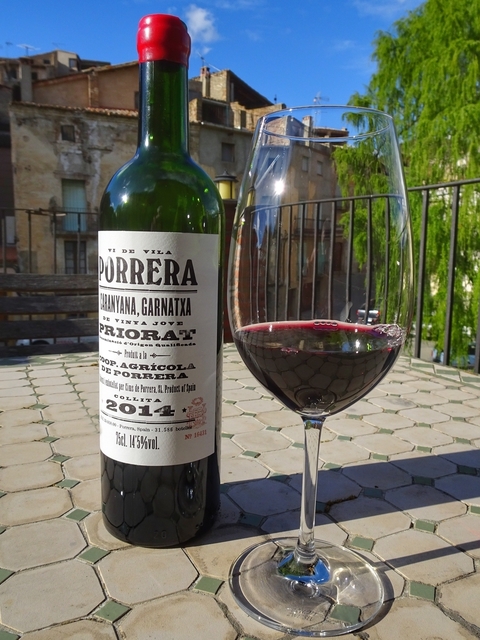
Falset
We left Porrera early to make the 12:38 train from Falset to Tarragona thinking it would take 3 or even 4 hours, but it was only 10.1 km and 2 hours 40 minutes.
We had spent some time in Tarragona in September 2018. Click here for the pictures.
